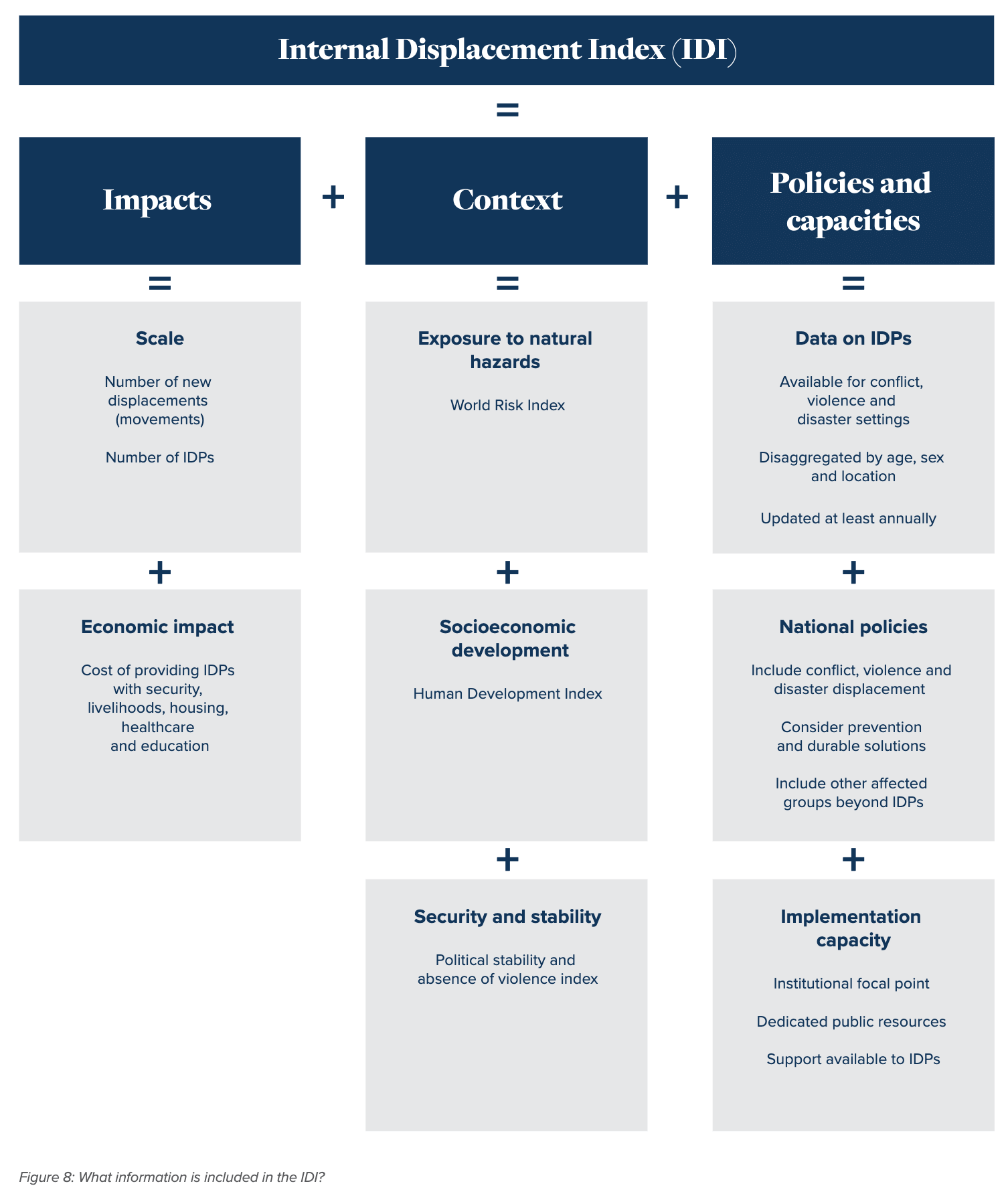25 years of progress on internal displacement 1998-2023
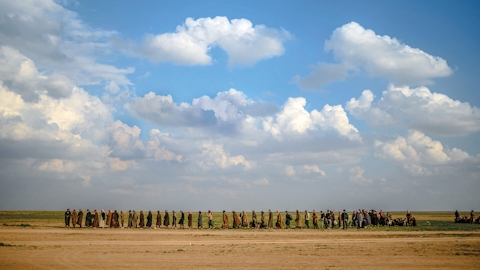
Introduction
In 1998, the Guiding Principles on Internal Displacement were presented to the UN Commission on Human Rights, offering a framework comprising 30 standards to safeguard the rights of internally displaced people (IDPs). Despite numerous efforts by countries to address internal displacement in the past 25 years, the number of IDPs continues to rise, necessitating a review of progress and renewed collective action. This report highlights policies, legal frameworks, and initiatives developed over the years, showcases improvements for various countries in the IDMC Internal Displacement Index (IDI), and underscores the ongoing challenges in managing internal displacement while providing recommendations for future efforts.

In looking back at 25 years of work on internal displacement, it is evident that countries dealing with displacement face myriad challenges that can vary greatly from one situation to the next. There are, however, some areas that stand out as being particularly important and, in most cases, universal.
The primary responsibility for addressing internal displacement rests with national authorities. Their political will and action is essential at all levels, from legal and policy frameworks to monitoring, protection, assistance, recovery and solutions. Also essential is shifting the approach from emergency response to investments in solutions and prevention. Life-saving assistance is indispensable, but without the means to rebuild their lives, IDPs remain dependent on external support, unable to contribute fully to society, exercise their rights or enjoy their lives.
The move towards more inclusive, localised and comprehensive support requires solutions that are tailored to the needs of each community and specific groups. Projects with substantial community engagement and empowerment, multi-year
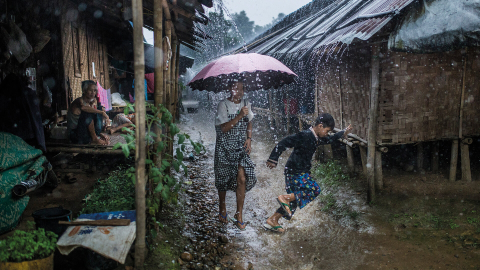
Chapter I: Policy and legal frameworks on internal displacement
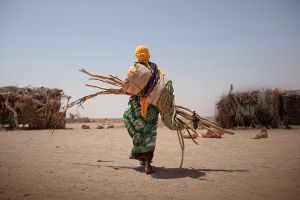
"Everyone displaced by conflict or natural disaster is an individual. A person, likely a woman or a child, who may be undernourished and living in fear of recruitment or rape. A person whose potential remains unrealized, with dreams unfulfilled and contributions foregone. You have come together to forge a better future."
Former UN High Commissioner for Refugees António Guterres speaking on 22 October 2009 on behalf of the UN Secretary General Ban Ki-moon at the Special Summit of Heads of State and Government on Refugees, Returnees and Internally Displaced Person in Kampala, Uganda.
The Guiding Principles have become a global reference point on IDPs’ specific rights and protection. Later frameworks, such as IASC’s 2010 Framework on Durable Solutions for Internally Displaced Persons, have complemented them, but their guidance still stands. Despite their soft legal nature, they have been integrated into binding laws and policies regionally, nationally and sub-nationally.
They were, for example, a starting point for the Great Lakes Protocol on the Protection and Assistance to Internally Displaced Persons of 2006, and the Kampala Convention of 2009. They have been used worldwide, from Kenya to Iraq, to introduce context-specific laws and policies on internal displacement. Many affected countries, however, are still to introduce a comprehensive legal or policy framework to address the phenomenon.
Jump to Chapter I of the Report
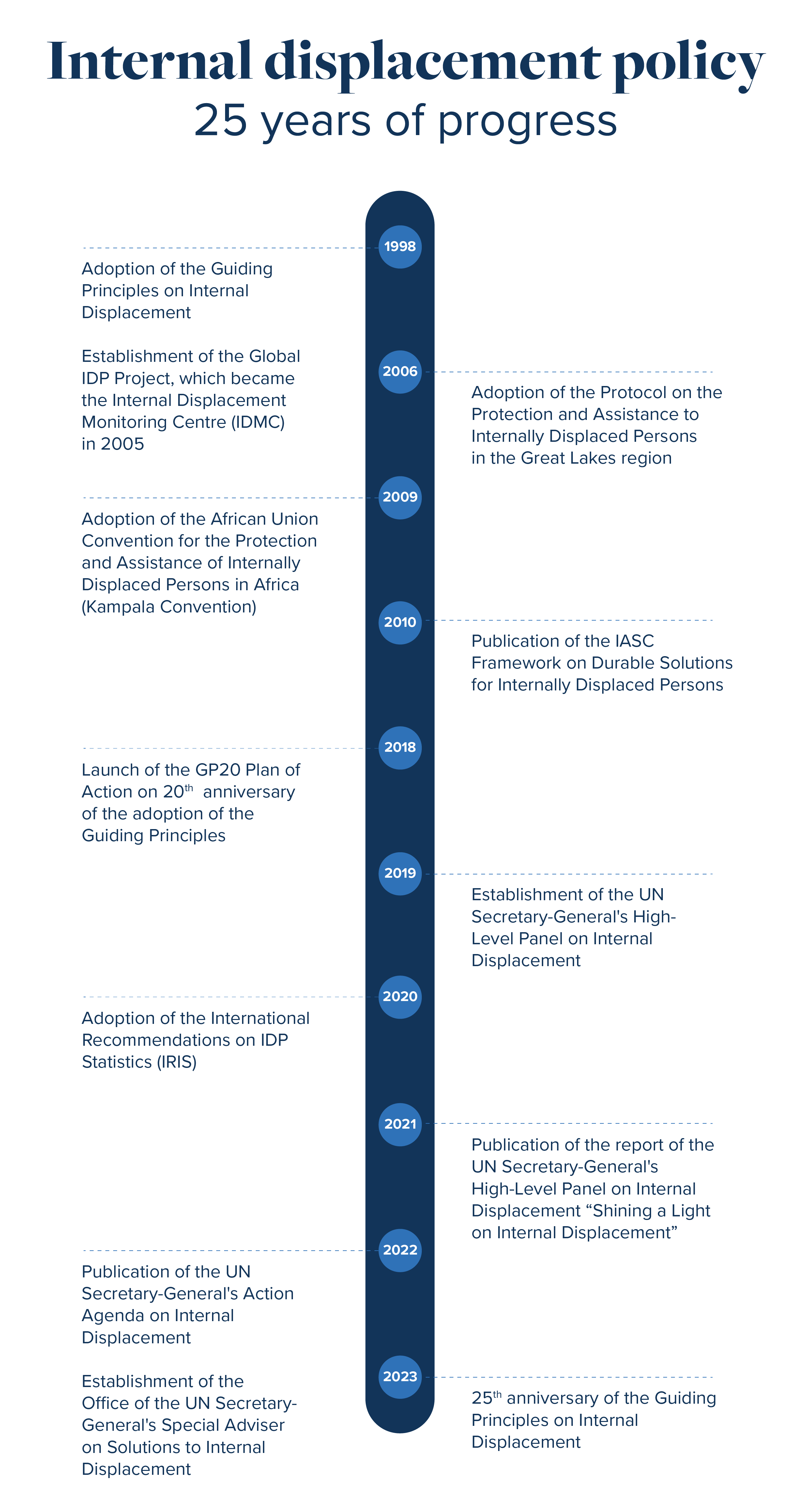
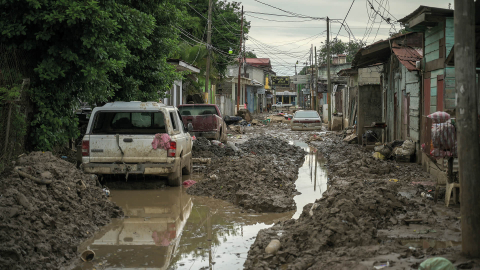
Chapter II: Protection and assistance
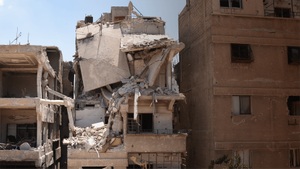
"Om Shadi decided to move further north to Binnish town in opposition-controlled Idlib. The family remained there for two months, but the intense daily shelling prompted her to move to Antakya in Turkey with her youngest boy, leaving the other two sons behind. Om Shadi has lived with her high school-aged boy in Antakya ever since."
IDMC, Returnees in Syria: Sustainable reintegration and durable solutions, or a return to displacement? November 2017
The Guiding Principles state that IDPs are often among the world’s most vulnerable people and that responding to their protection and assistance needs should be a priority. They refer to threats against their safety and physical integrity, health, liberty, dignity and rights. They also state that the specific needs of certain groups of IDPs, including children, women, people with disabilities, older people, indigenous people and other communities with special attachment to their land should be considered.
Governments and humanitarian organisations have since sought to support IDPs in meeting their most immediate needs, but resources tend to be insufficient to provide them with the comprehensive, inclusive and longer-term assistance they need to overcome all of their displacement-related vulnerabilities.
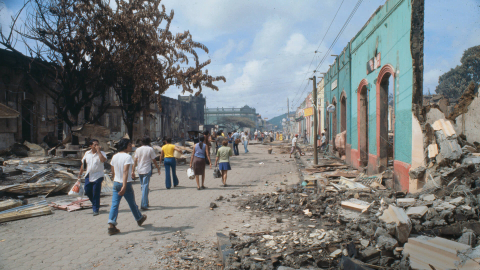
Chapter III: Durable solutions

"On 29 August 2005, our city was forever changed. Fifteen years later, we still honour those who paid the ultimate sacrifice ... The scars run deep this time of year, but we have the ability to rise up in the face of devastation."
New Orleans mayor LaToya Cantrell commemorating the 15th anniversary of hurricane Katrina on 29 August 2020.
National authorities have primary responsibility for enabling and supporting the voluntary and dignified return, integration or relocation of IDPs, regarded as the three types of durable solutions to internal displacement. Recognising the need for further guidance on the topic, and following almost a decade of extensive consultations, the IASC endorsed its framework on durable solutions in 2010, structured around eight criteria that are necessary for IDPs to enjoy in order for durable solutions to be possible.
It recognises that doing so is a complex, gradual and often long-term process that requires the engagement of a broad set of stakeholders to ensure IDPs no longer have needs related to their displacement and can exercise their human rights without discrimination because of it.
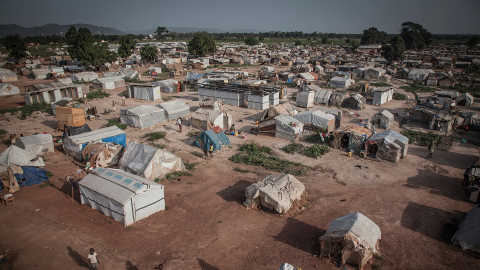
Chapter IV: Preparedness and prevention
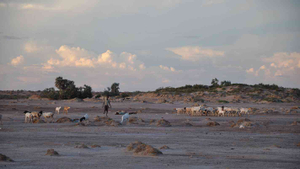
"This is a very prolonged drought; it will be five years. We never experienced any longer drought before, even our grandfathers didn’t experience anything like that in the history [sic]. [...] In this situation, we are not seeing any future. The future ends here. All our life has been pastoralism. We don’t know anything else."
Group of elderly pastoralists interviewed by IDMC staff in Kenya, February 2023
Greater investments in preparedness and prevention are key to addressing the causes and impacts of internal displacement. As evidence on its triggers and drivers has grown, so too has our understanding of ways to reduce its risks and impact, which will eventually lead to more effective prevention mechanisms.
There is still a long way to go though in terms of analysing, estimating and mitigating displacement risk, making it difficult to measure when displacement has effectively been prevented.
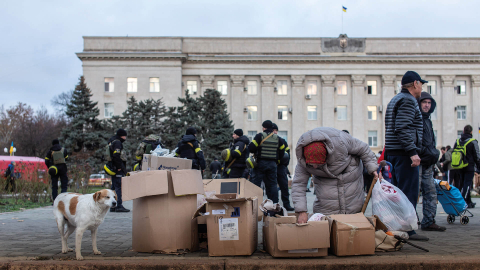
Chapter V: Data on internal displacement
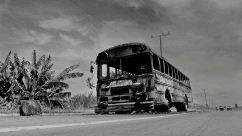
"There are places in the country that we have visited and ... six months later they are depopulated."
Academic researcher interviewed in San Salvador. IDMC, September 2018
Quality data on internal displacement requires systematic collection, rigorous verification and a harmonised approach to ensure interoperability of data and systems. It also requires comprehensive geographical coverage, disaggregation by trigger and regular timely updates.
Data includes measurements of the number of people displaced at a given time (stocks) and the number of individual displacements or movements (flows). Despite repeated recognition of the need for more and better-quality data, many gaps and inconsistencies remain.
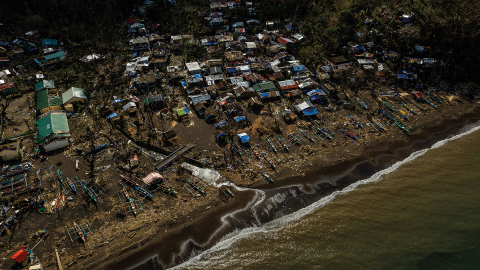
The Internal Displacement Index (IDI) 2023
The Internal Displacement Index (IDI) is a composite index that offers a simplified perspective on the complex issue of internal displacement, arising from various contributing factors. While it doesn't provide a comprehensive view of the causes and effects of internal displacement, it serves as a starting point for further exploration. The IDI assesses recent investments in policies and resources to address internal displacement, identifies contextual factors affecting the likelihood of future crises, and gauges the current state of displacement. This assessment combines various indicators related to national policies, capacities, contextual drivers, and impacts, providing a broad overview of a country's internal displacement situation. However, cross-country comparisons should be approached cautiously due to potential data limitations, and meaningful changes in IDI values may require a longer time frame to become apparent.
